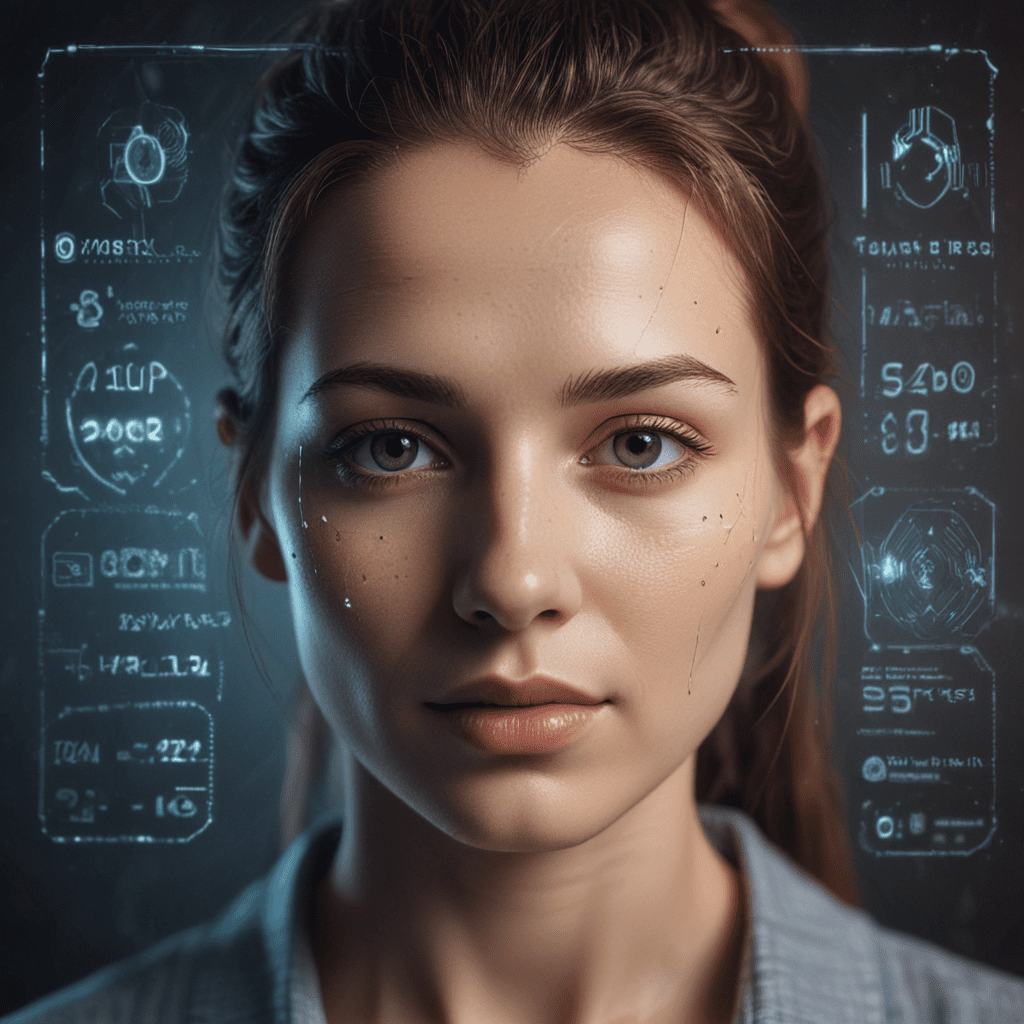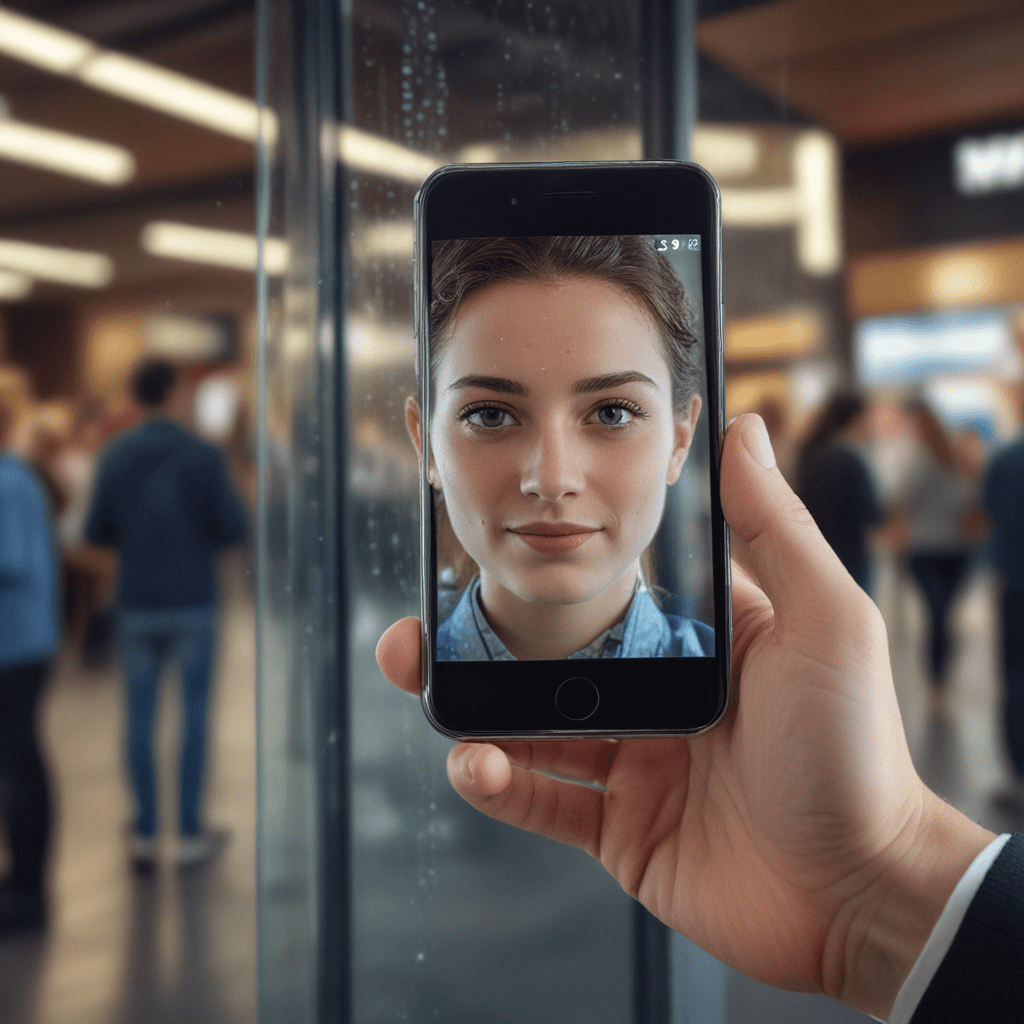
Introduction
Biometric authentication has emerged as a revolutionary technology for enhancing security and convenience across various industries. Among the different biometric methods, facial recognition stands out as a highly reliable and user-friendly approach. Its ability to identify individuals based on unique facial characteristics offers a wide range of benefits, making it a preferred choice for authentication purposes.
What is Facial Recognition?
Facial recognition is a biometric technology that utilizes advanced algorithms to analyze and match facial features. By capturing an image of an individual's face, the system creates a mathematical model that can be compared to stored facial templates in a database. This process allows the system to verify or identify an individual based on their unique facial characteristics.
How Does Facial Recognition Work?
Facial recognition systems typically follow a standardized process:
- Image Acquisition: A camera captures an image of an individual's face.
- Preprocessing: The image is processed to remove noise and enhance facial features.
- Feature Extraction: Algorithms extract unique facial characteristics, such as the shape of the jawline, distance between eyes, and facial contours.
- Template Creation: The extracted features are converted into a mathematical model known as a facial template.
- Matching: The facial template is compared to stored templates in a database to identify or verify the individual.
Benefits of Facial Recognition Authentication
Facial recognition authentication offers several advantages over traditional authentication methods:
Enhanced Security
Facial recognition provides a higher level of security compared to passwords or PINs. It is extremely difficult to replicate or forge facial characteristics, making it a reliable method for preventing unauthorized access.
Convenience and Efficiency
Unlike passwords that can be forgotten or stolen, facial recognition is convenient and efficient. Individuals do not need to remember or enter complex credentials, making the authentication process faster and more user-friendly.
Applications of Facial Recognition
Facial recognition has found widespread applications in various industries:
Law Enforcement and Security: Facial recognition systems assist law enforcement agencies in identifying suspects, tracking fugitives, and preventing crime by comparing images from surveillance footage to criminal databases.
Financial Services: Banks and financial institutions use facial recognition to enhance security measures for online banking, ATM transactions, and fraud prevention.
Retail and Customer Service: Retailers leverage facial recognition to track customer behavior, offer personalized recommendations, and improve overall shopping experiences.
Recent Advancements and Innovations
Ongoing research and development efforts continue to enhance facial recognition technology:
3D Facial Recognition: Advanced systems utilize 3D scanning to create depth maps of faces, providing more precise and accurate identification.
AI-Powered Algorithms: Machine learning and artificial intelligence (AI) algorithms have significantly improved the accuracy and efficiency of facial recognition systems.
Future of Facial Recognition Authentication
Facial recognition is poised for further advancements and integration into various aspects of our lives:
Ubiquitous Use: Facial recognition technology is expected to become more prevalent in smartphones, laptops, and other devices, enabling seamless authentication and unlocking.
Enhanced Privacy Measures: Research efforts focus on developing privacy-preserving techniques to balance security and individual rights.
Legal and Regulatory Considerations
The use of facial recognition technology raises legal and regulatory concerns:
Privacy Laws: Regulations such as the General Data Protection Regulation (GDPR) in the EU and the California Consumer Privacy Act (CCPA) in the US aim to protect individuals' privacy rights.
Bias and Discrimination: Facial recognition systems must be developed and deployed with fairness and accuracy to avoid potential biases and discriminatory practices.
Conclusion
Facial recognition authentication has revolutionized the way we verify and identify individuals. Its inherent security, convenience, and wide-ranging applications make it a valuable tool across various industries. As technology continues to advance and regulatory frameworks evolve, facial recognition is expected to play an increasingly significant role in shaping our future interactions and enhancing our security.
FAQs
How accurate is facial recognition? Facial recognition systems have achieved high accuracy rates, typically over 99%.
Can facial recognition be fooled? While facial recognition systems are generally secure, advancements in deepfake technology pose potential challenges.
What are the privacy concerns with facial recognition? The use of facial recognition raises concerns about data collection, storage, and potential misuse.

